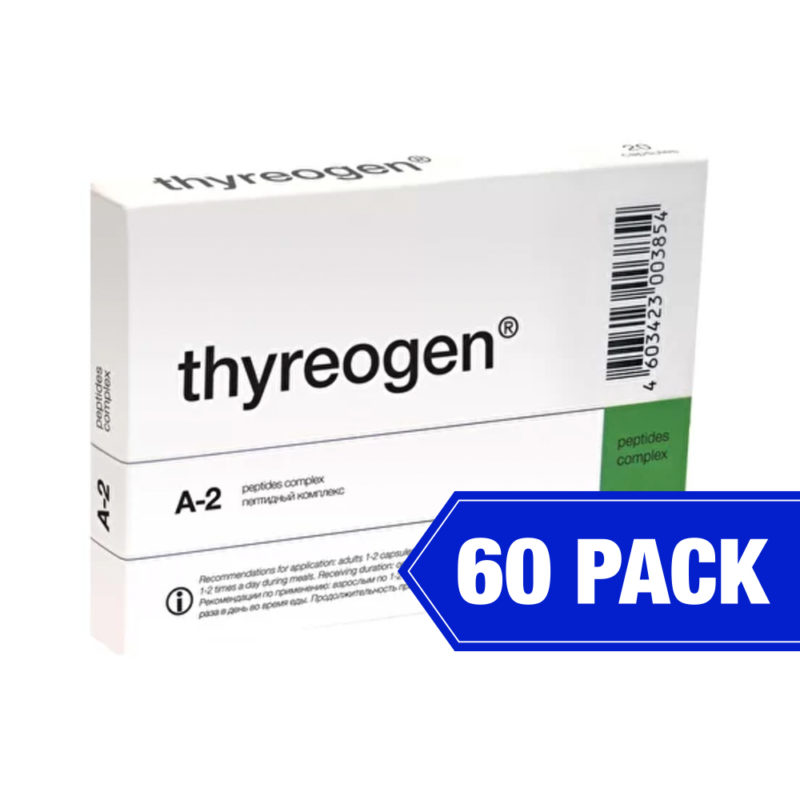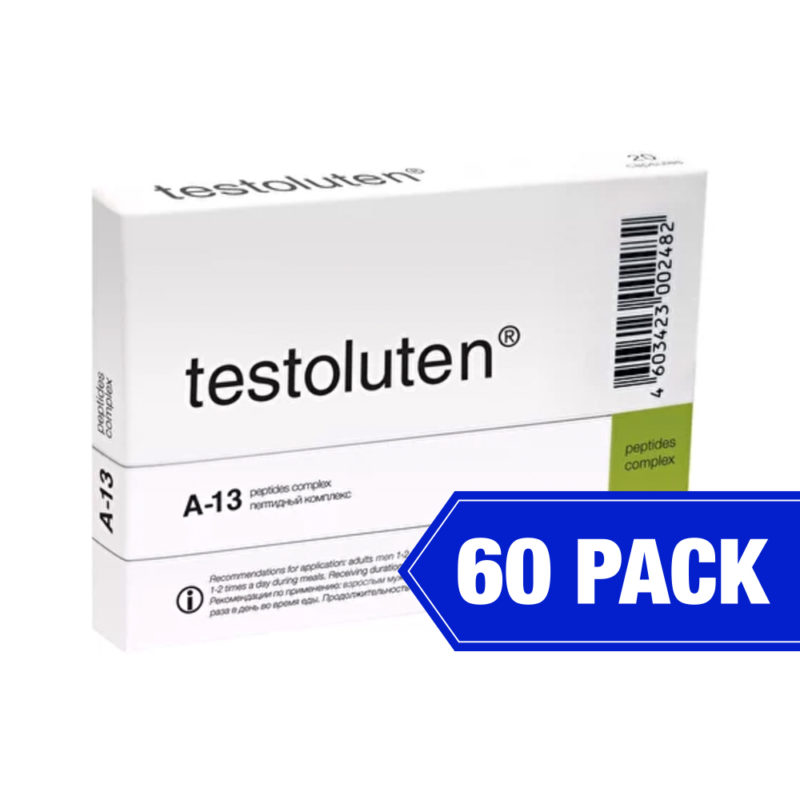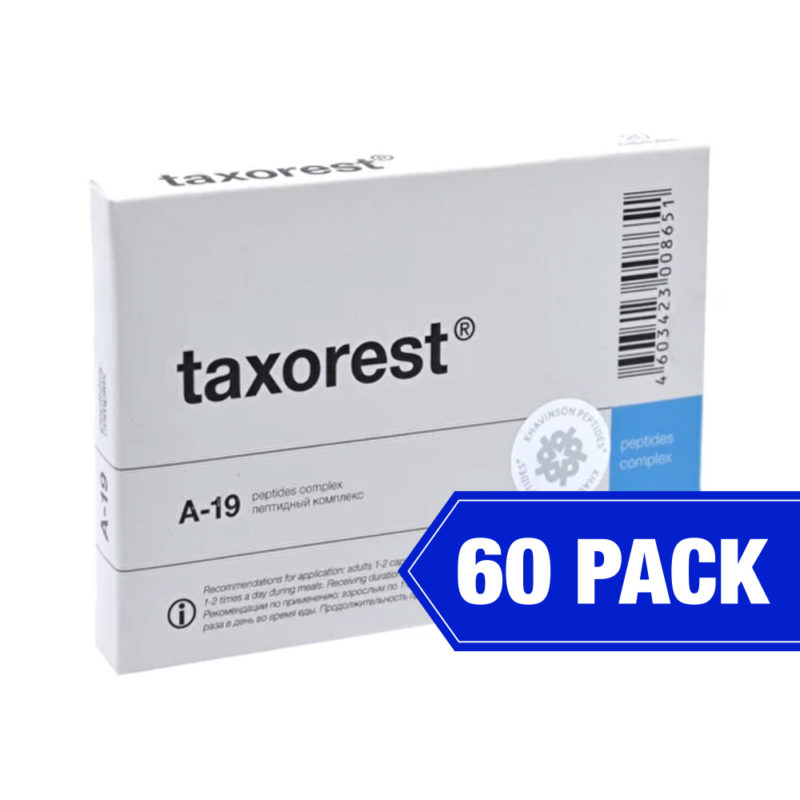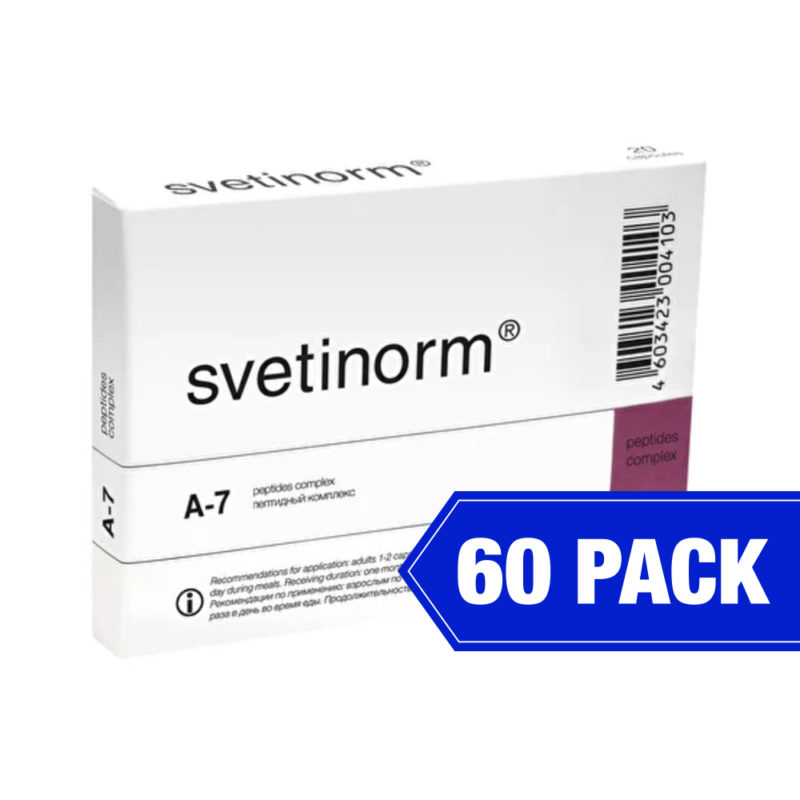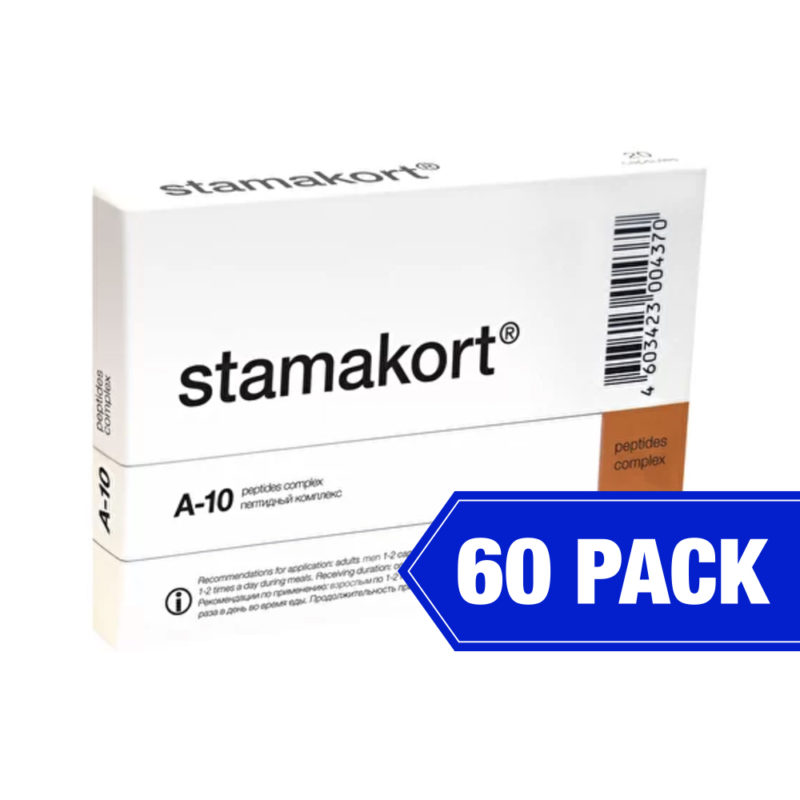Stem Cells
Stem cells are essentially the raw materials of the body. All other cells with specialised functions are produced from these cells. Under the correct conditions in both a laboratory and in the body, stem cells can divide to produce more cells which are called “daughter” cells. Daughter cells can be new stem cells or specialised cells with a particular role, such as brain cells, blood cells, bone cells and more.
There are no other cells in the human body that can produce new cell types like stem cells, and this can help researchers and doctors to perform drug tests on different cells, get more of an understanding on how diseases take place and to generate healthy cells to replace cells that are impacted by disease. This is called regenerative medicine and can be used in people to help repair tissues that have been affected or damaged by a disease.
Stem cell transplants can be used to treat health conditions such as leukaemia (cancer affecting white blood cells), myeloma (cancer affecting plasma cells), severe aplastic anaemia (bone marrow failure), lymphoma (cancer affecting white blood cells) and other health conditions/diseases.

